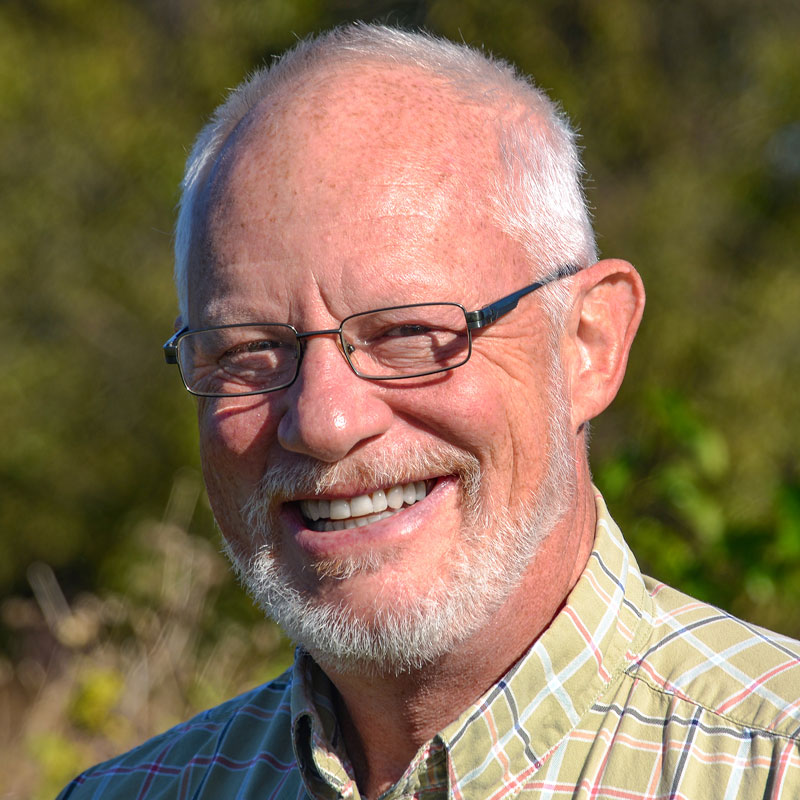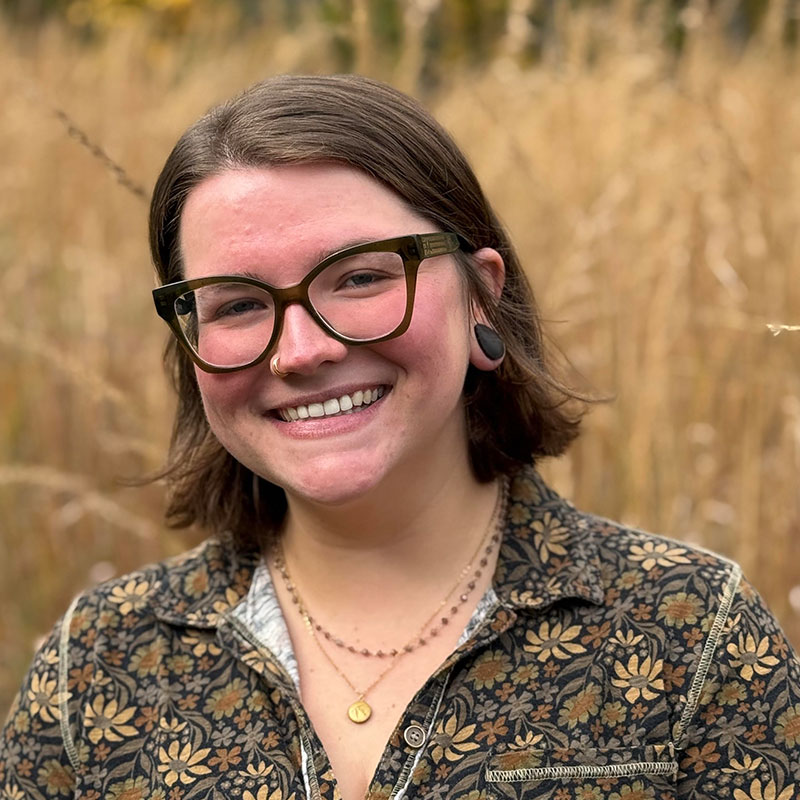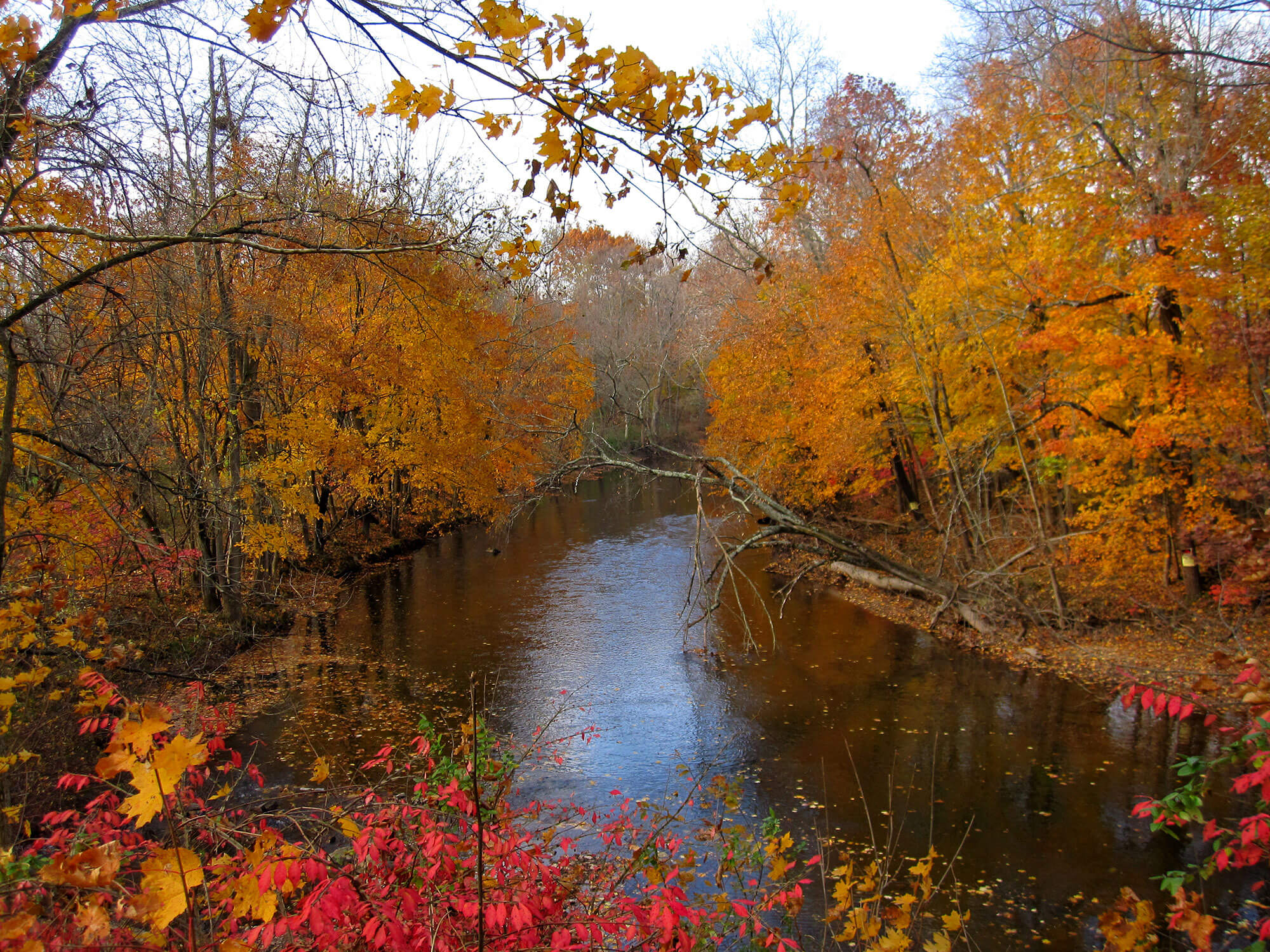
Edward A. Theurkauf
ASLA, APA
As farm boy growing up in rural Chester County in the 1960’s, I thought I had it all. Broad textured fields with long views of distant hills; farmyards with horses and cows and chickens and dogs and cats; cold clean streams; and big deep woods with grey boulders, May Apples, and old gnarled trees: these were my places, my playground. But things were changing.
The farms were being sold, and developed into housing and commercial centers. People were leaving the noise and congestion of cities, drawn to a quieter life in the picturesque countryside. But as they came, the farms disappeared, the woods were cut down, and the streams flooded with turbid runoff. The qualities that attracted our new neighbors were being steadily lost. Maybe the developers didn’t know better, but I blamed them.
My deep affinity for the outdoors led me to study landscape architecture at the University of Pennsylvania, under pioneer ecologist Ian McHarg. There I learned the science of the environment, of its rhythms, its cycles, its interdependencies, its limits, and how people can build and live in ways that do not destroy nature’s critical balance. So I would design for human purpose, but with nature. My time at Penn was happy and hopeful.
In 1986, I began my career designing projects for land developers in New Jersey and Pennsylvania. I enjoyed my work, but it was clear that our clients didn’t care much about the places where they built, or their impacts on the surrounding communities. The scale and patterns of development were dictated not by the natural and social attributes of real places, but by economic aspirations and the maximum limits allowed by zoning. With their narrowly acquisitive priorities, developers to my mind ruined everything they touched. And I was helping them.
To assuage deepening career choice regrets, I turned to residential garden design. At this scale, I could apply ecological concepts in the construction of outdoor places and teach clients about design, aesthetics, and building in harmony with natural systems. It was more personally gratifying than developer work, but my reach was limited and I was unsatisfied. Developers continued apace, playing by the rules they made for themselves, and I was often in the role of mitigating the harm caused by their decisions.
By force of desire and luck, in 1998 I began working for local governments. I recognized that municipalities have power through policy and zoning to shape their own communities, and I could help them do that. Communities don’t have to accept an approach that maximizes the advantages of developers without regard to the environment and quality of life. Citizens don’t have to be increasingly isolated from healthful and restorative natural places and public spaces. Century old forests don’t have to be cleared, and streams don’t have to be fouled with pollution and mud. And development doesn’t have to be banal, sprawling, and ugly, but can be made vibrant, walkable, interconnected, and green.
An improved approach to development begins, not with a balance sheet or the reactive focus of real estate analytics, but with principles of environmental health and sustainability. Also, this effort requires a complete and intimate understanding of cherished places and the cultural values of each community. And though builders themselves will benefit from the enhanced value of projects that are environmentally conscious and contextually appropriate, they are bound by custom and reluctant to change. The process needs a push.
To achieve successful results, communities need conscientious, dedicated, and experienced advocates.
This is the work I’m meant to do. And that is why I’m here.
Professional Qualifications / Education
-
Registered Landscape Architect LA-1061 E
Commonwealth of Pennsylvania (1990) -
Master of Landscape Architecture
University of Pennsylvania (1986) -
Post Graduate Studies - Department of Geography and Planning
West Chester University (1993-1994) -
Member, American Society of Landscape Architects (ASLA)
Pennsylvania/Delaware Chapter (1992 to present) -
Member, American Planning Association
Pennsylvania Chapter (2012 to present)

Celia Winters
ASLA, MLA
I entered the field of landscape architecture to merge my two lifelong passions: the human connection to the natural world and a deep love for plants. My journey began with a childhood obsession, filling my bedroom with plants I rescued from the clearance rack of the local hardware store and expanded into a simple vegetable garden. I spent countless hours sketching the trees in the oak-beech forests that surrounded my childhood home.
During my undergraduate years, I immersed myself in studying biophilia, the innate human connection to the natural world. My research aimed to understand why we feel so drawn to the natural world and this interest came to life in a meaningful way while managing a non-profit educational farm and organic garden. There, I witnessed firsthand the transformative power of nature as city youth discovered the wonderment of the outdoors, shifting their relationship with nature forever.
My desire to recreate and enhance natural spaces for people to connect with led me to pursue a master’s degree in landscape architecture, with a focus on riparian and woodland ecosystem restoration. Beginning in October 2025 I continue my journey as a landscape designer and planner at Theurkauf Design & Planning, excited to bring my passion and expertise to my professional practice.
Professional Qualifications / Education
-
Master of Landscape Architecture
Temple University (2025) -
Bachelor of Arts in Psychology
West Chester University (2019) -
Member, American Society of Landscape Architects (ASLA)
HOW CAN WE HELP?
Our professional philosophy is built on enhancing the interdependent relationships of environmental protection, integrated and accessible networks of open spaces and trails, context appropriate development, flexible and adaptive use strategies for historic resources and settings, economic revitalization, and multimodal accessibility including pedestrian ways, bike routes, and public transportation.
MAIL:
Theurkauf Design & Planning
1350 Elbow Lane
Chester Springs, PA 19425
PHONE:

